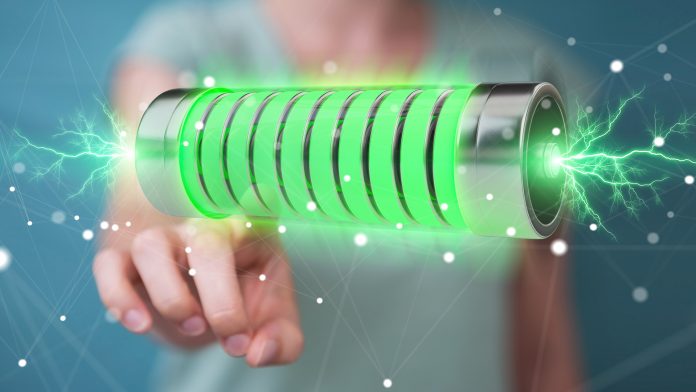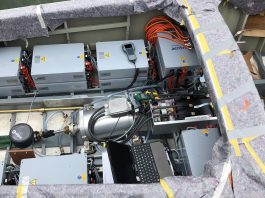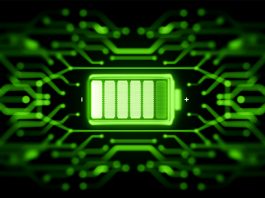Researchers from the Washington University in St Louis have manufactured a novel sodium-ion battery that may create a great alternative to lithium-ion cells.
The team, led by Peng Bai, an assistant professor in the Department of Energy, Environmental and Chemical Engineering in the McKelvey School of Engineering, have developed a sodium-ion battery that boasts excellent stability, efficiency, a more compact design, and lower price than its lithium-ion counterpart. Their research is published in the journal Advanced Science.
The contemporary used lithium-ion batteries are comprised of an anode and cathode that store lithium ions, with the electrodes separated on each side by a separator and an electrolyte – a liquid in which the ions travel.
When the lithium is transported from the anode to the cathode, electrons dissipate via the current collector to the powered device while the lithium moves through the separator to the cathode. In order to charge, this process is reversed, with the lithium reverting through the separator to the anode.
Bai said: “We used old chemistry. But the problem has been, with this well-known chemistry, no one ever showed this anode-free battery can have a reasonable lifetime. They always fail very quickly or have a very low capacity or require special processing of the current collector.”
Anode free batteries have a litany of unstable character flaws – as they develop finger-like dendrites that cause the cell to short circuit or degrade rapidly, which has commonly been attributed to the reactivity of the alkali metals involved.
In this new design, a thin layer of copper was utilised to act as the current collector on the anode side, with the ions being converted into metal instead of flowing to the anode, where they plate themselves onto the copper foil before dissolving to return to the cathode.
Bingyuan Ma, the first author of the paper, said: “In our discovery, there are no dendrites, no finger-like structures. This kind of growth mode has never been observed for this kind of alkali metal.”
To analyse the batteries, Bai developed a novel, transparent capillary cell. He Said: “We could clearly see that if you don’t have good quality control of your electrolyte, you’ll see various instabilities, including the formation of dendrites.”
The researchers discovered that stability is directly influenced by the volume of water within the electrolytes due to a reaction between alkali metals and the water. Consequently, the team reduced the water content, observing shiny, smooth deposits of sodium, meaning that morphological irregularities that cause dendrites were eliminated.
The team found that by reducing the water content to lower than 10 parts-per-million, their sodium-ion battery that rivals the performance of commonly used lithium-ion, with significantly less space due to not requiring an anode. The researchers believe that their innovation can change the landscape of the battery industry.
Bai said: “Check your cell phone. Your electric car. One-quarter of the cost of such items comes from the battery. Sodium batteries use a more common metal than lithium batteries; they have the same energy density as lithium batteries; and they are smaller and cheaper than lithium batteries, thanks to eliminating the anode. We proved you can use the simplest set up to enable the best battery.”









